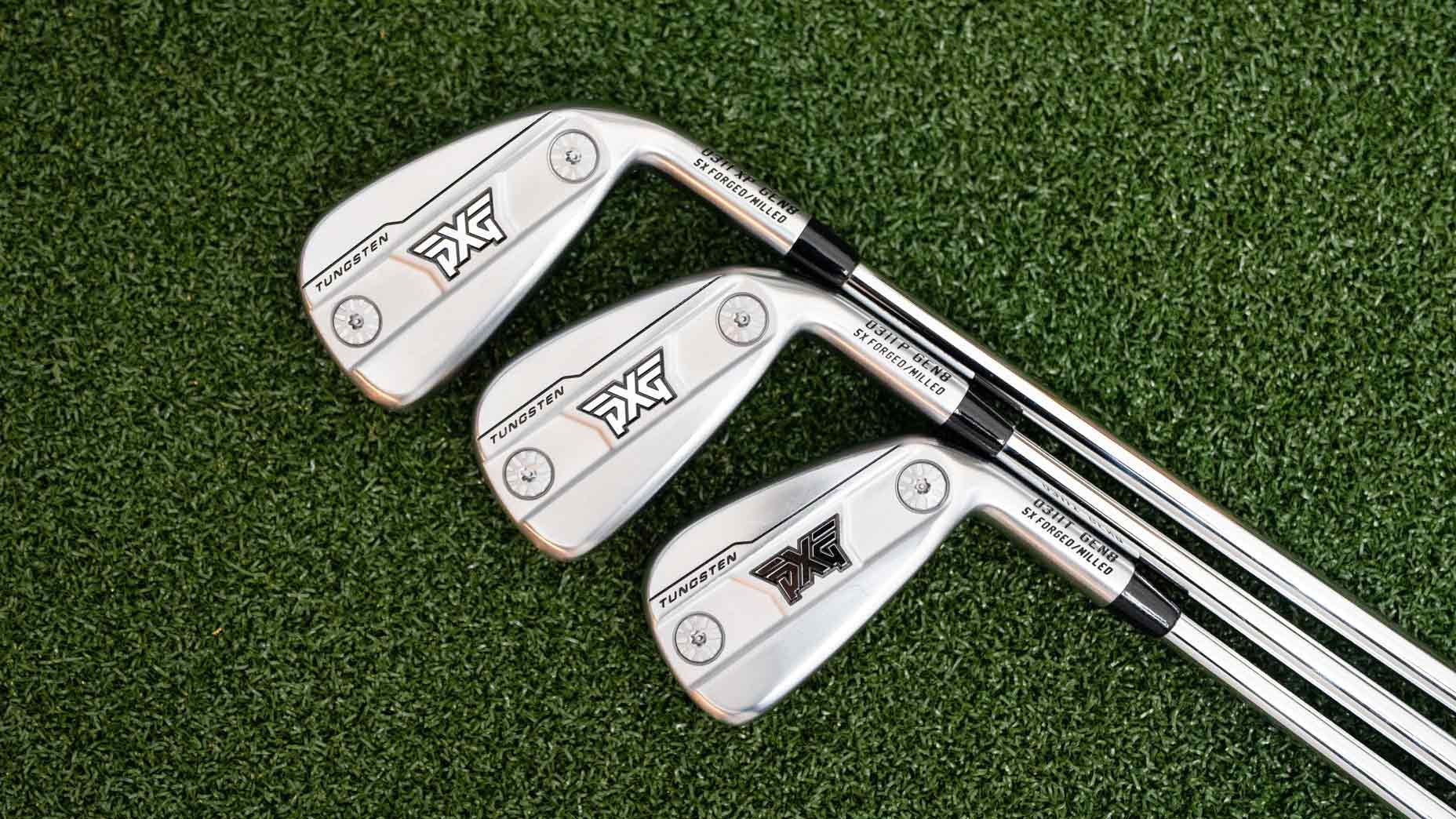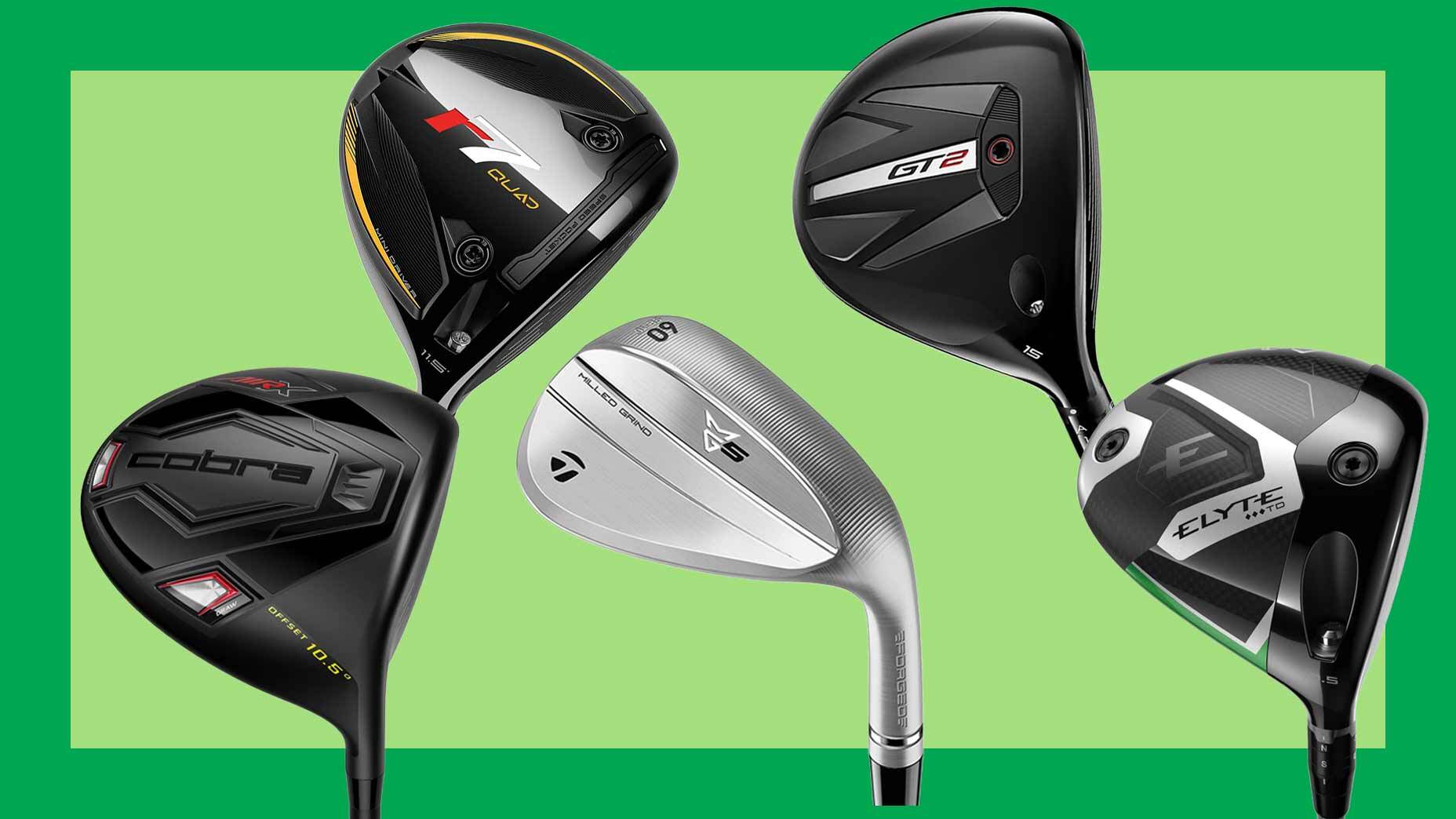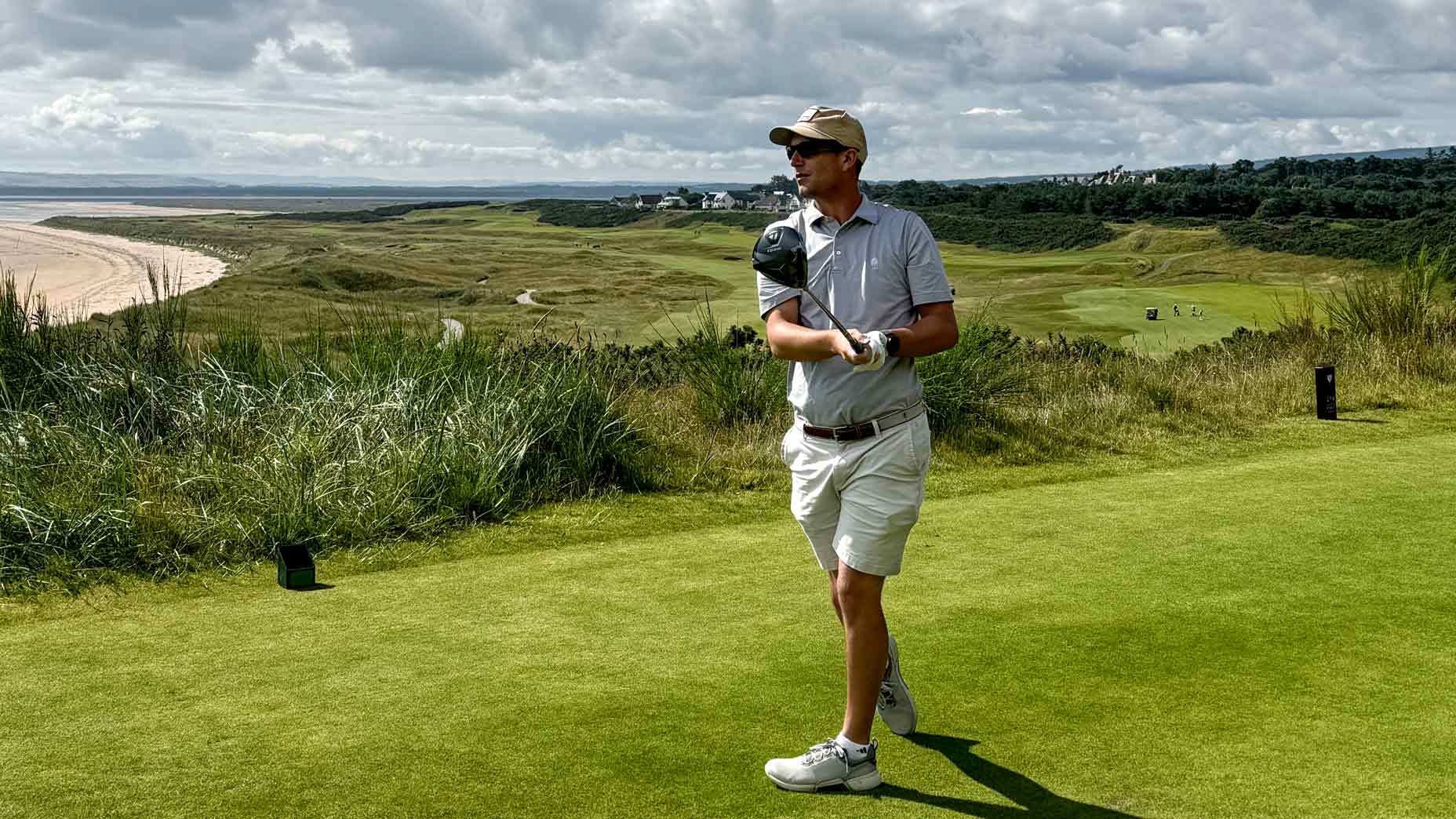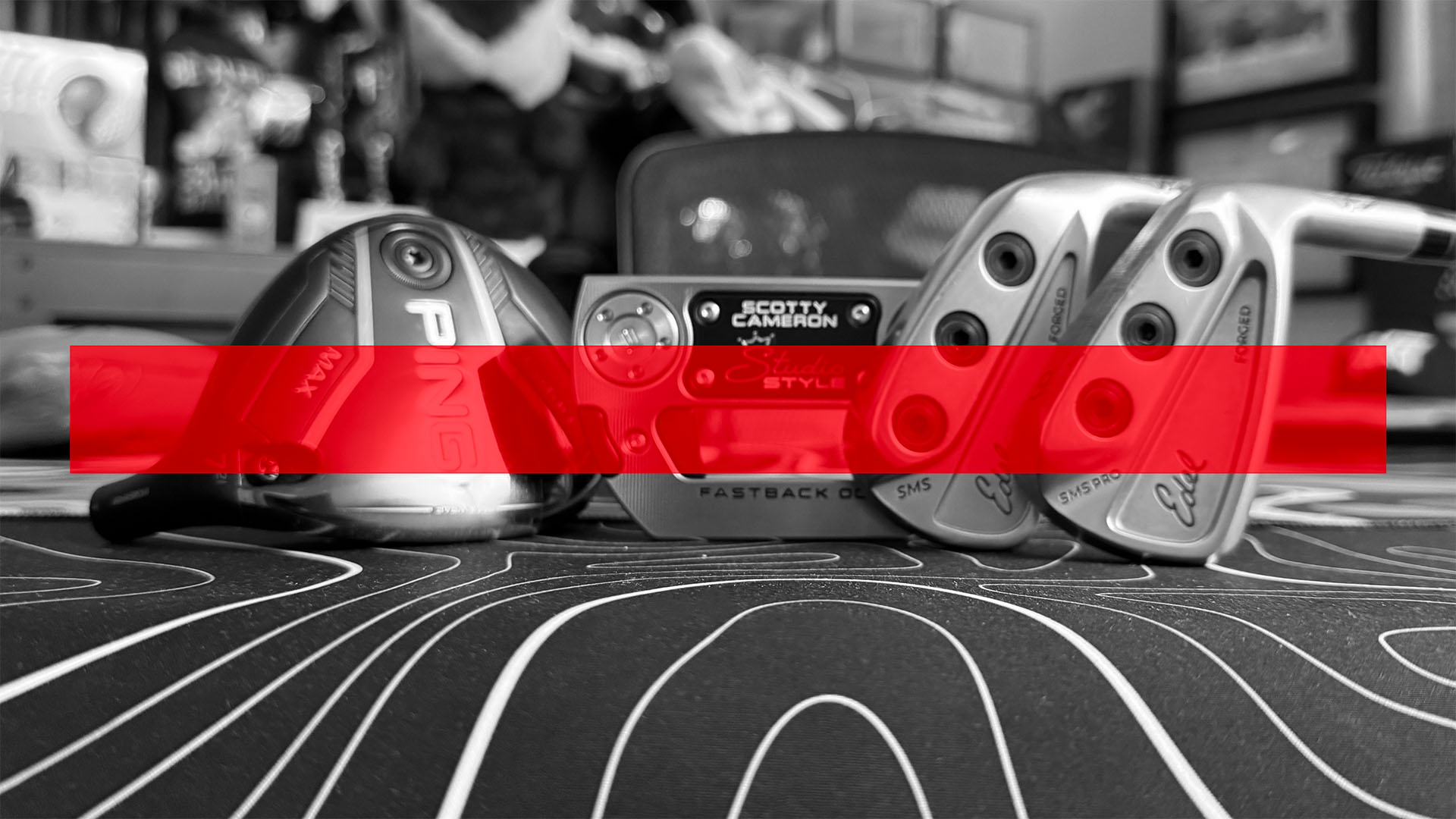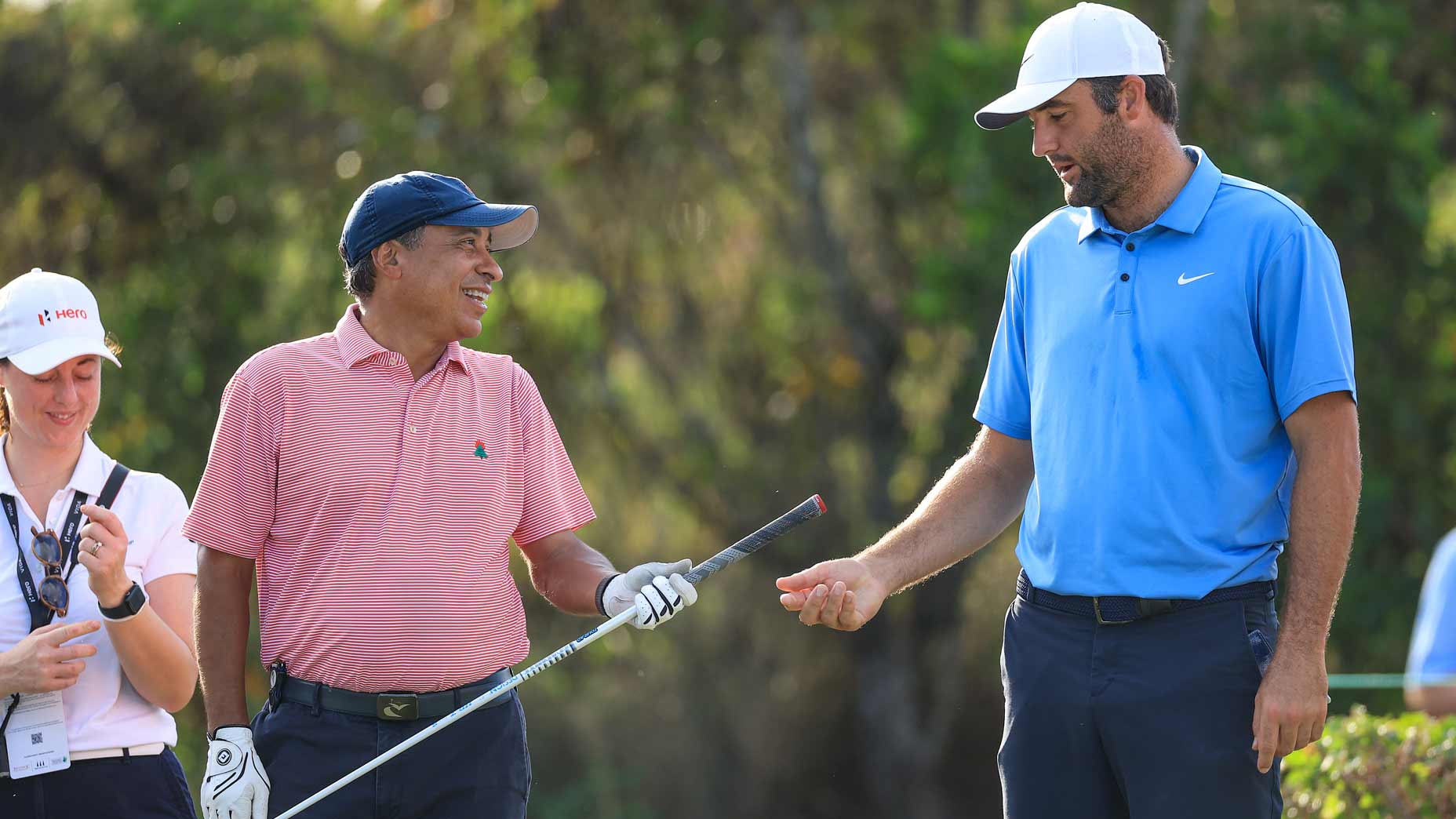It’s that time again, the Open Championship is on the horizon, and this year not only marks the 150th playing, but it is taking place at the home of golf — the Old Course at St Andrews, Scotland.
Firm and fast ground with a golden brown tint might not be the norm for golf in North America, but links golf is the true original format of the game and requires playing in some unique conditions. Whether you’re a professional or just an amateur golfer looking to make the pilgrimage to golf’s version of Mecca, links golf demands creativity not commonly called upon in a parkland setting, and having a few different clubs in your bag can make navigating the terrain just a little bit easier.
Driving iron/Low lofted hybrid
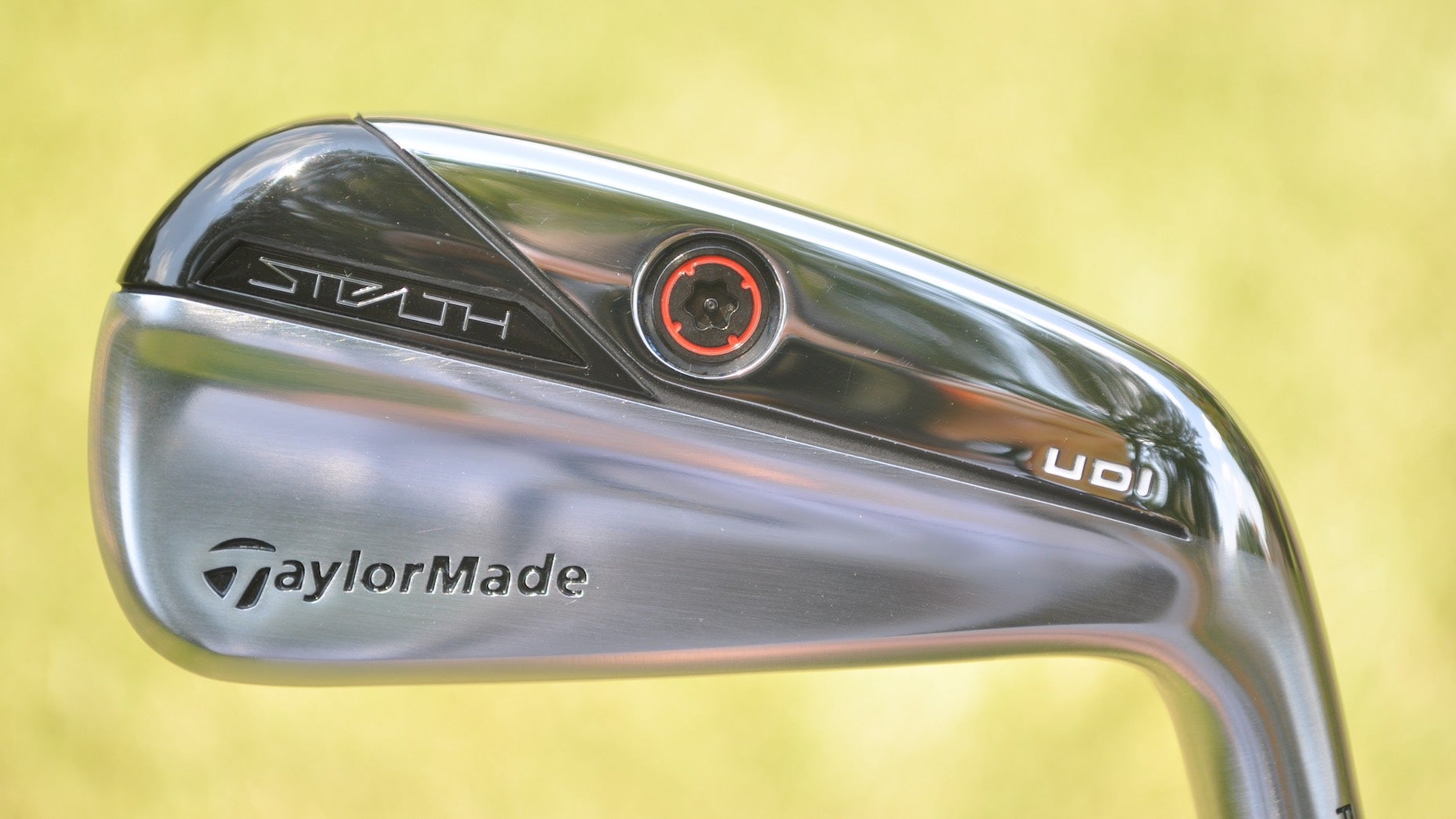
As they say, nay(no) wind, nay rain, nay golf — so as you might expect playing links golf along the coast is going to bring in some elements from mother nature. Being able to keep the ball low and running along the ground helps you reduce one more variable you have to worry about when hitting a shot, and it can be useful well inside 100 yards.
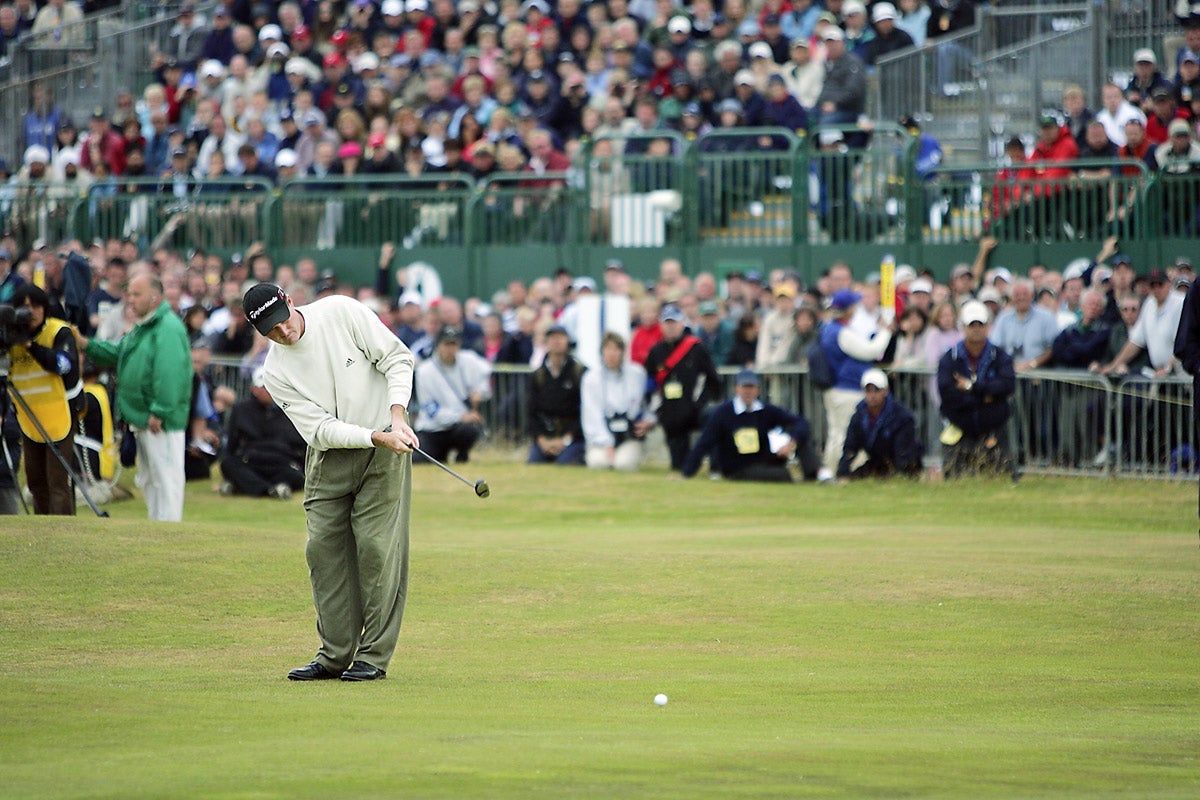
If you’re looking for inspiration on how to use a low-lofted hybrid both off the tee and approaching greens, look no further than the textbook examples Todd Hamilton employed to win the 2004 Open Championship at Troon in a playoff against Ernie Els. He navigated himself around with a 17° Sonartec MD hybrid bent all the way down to 14° allowing it to serve as his 3-wood and impromptu chipper.
The wide sole and low loft make it difficult to chunk when around the greens and, when hit with a putting stroke, gets the ball rolling quickly.
Low bounce lob wedge
Links golf doesn’t require a complete overhaul to your short game, but firm and fast turf makes it more difficult to not only take a divot but chip and pitch around the green if you are used to playing in softer conditions.
The one club you will see a lot of pros switch out during the Open Championship is their lob wedge to a lower bounce option which helps get the leading edge of the club lower to the ground. A lower leading edge in firm conditions allows for an aggressive approach to the ball without the fear of hitting the dreaded skulled wedge that travels well past than intended target — hey, we’ve all done it.
Some great examples of low-bounce wedges you can find on the market are the Titleist Vokey Low Bounce K-Grind which offers a low bounce angle with a wider sole, and the Vokey T-Grind which offers low bounce and a thinner sole for those that want a bit more versatility in shot selection. The Callaway Jaws Raw Z-Grind, and the TaylorMade MG3 LB also make for great options.
Beyond a lob wedge, your standard gap wedge and sand wedge will work without issue for their intended purpose, but it’s always a good idea to spend a bit more time around that practice green before heading out to play.
Adjustable driver / Fairway woods
This one is easy, and it’s more than likely you already have this in your bag.
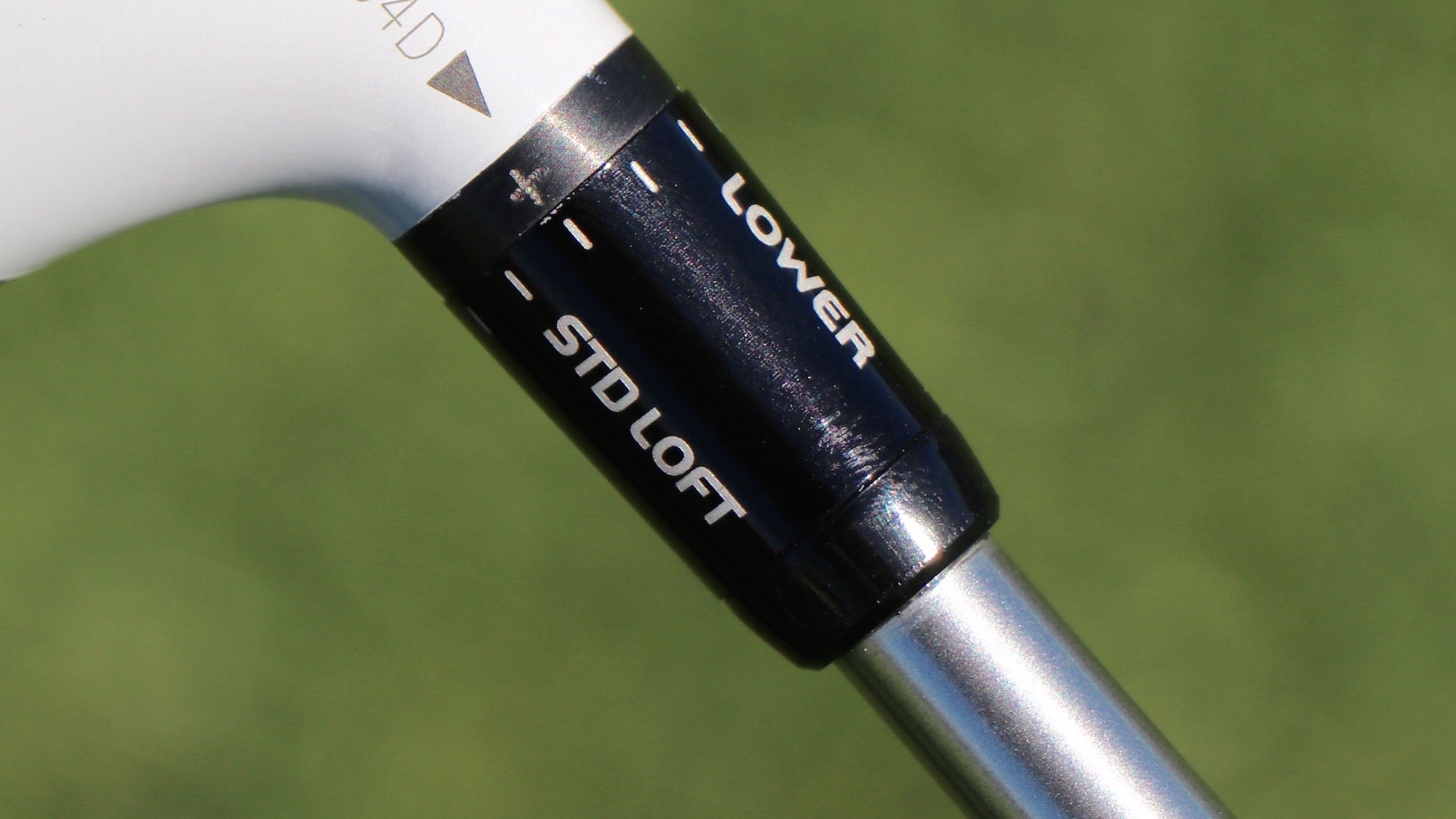
Adjustable drivers and fairway woods offer you the opportunity to fine-tune your ball flight for your swing and the conditions you might find yourself in, including at altitude. In the case of playing in windy conditions on firm turf like those found playing links golf, a lower launch angle with less spin is going to be more ideal than trying to simply optimize carry distance. A few clicks with a wrench is a lot easier than trying to make a swing change on the go.
(Not a club) but a golf ball switch
An honorable mention goes to changing out your golf ball for one that is designed to spin less and apex lower through its flight. As is the running theme for all the aforementioned club choices — being able to flight the ball lower can help increase accuracy and get you closer to the hole more often.



